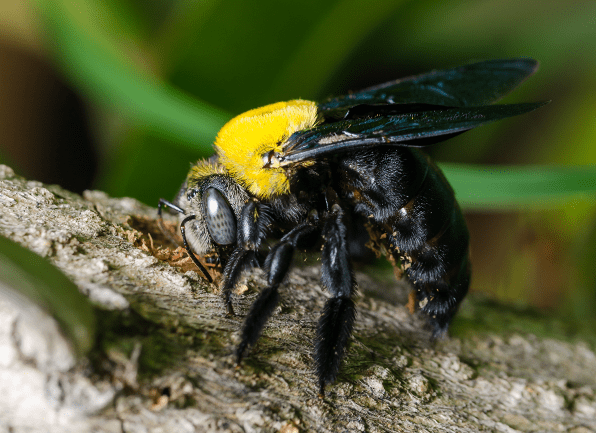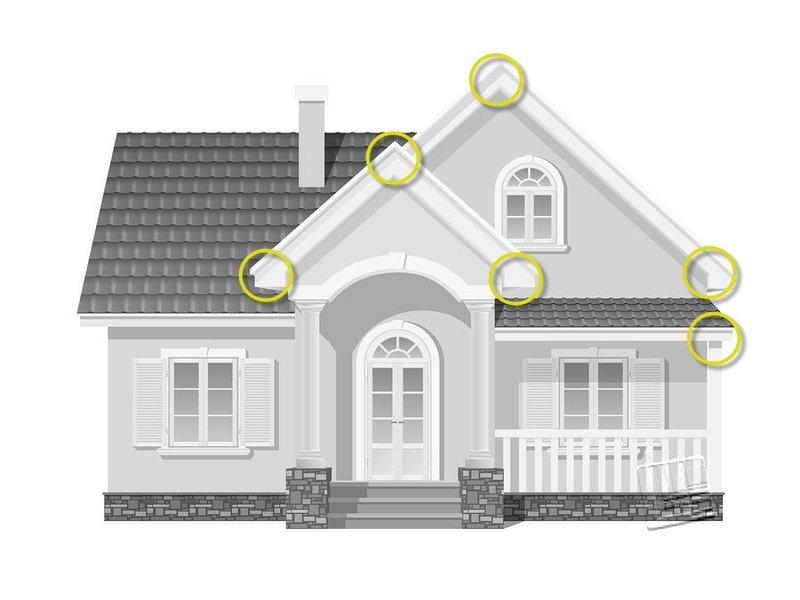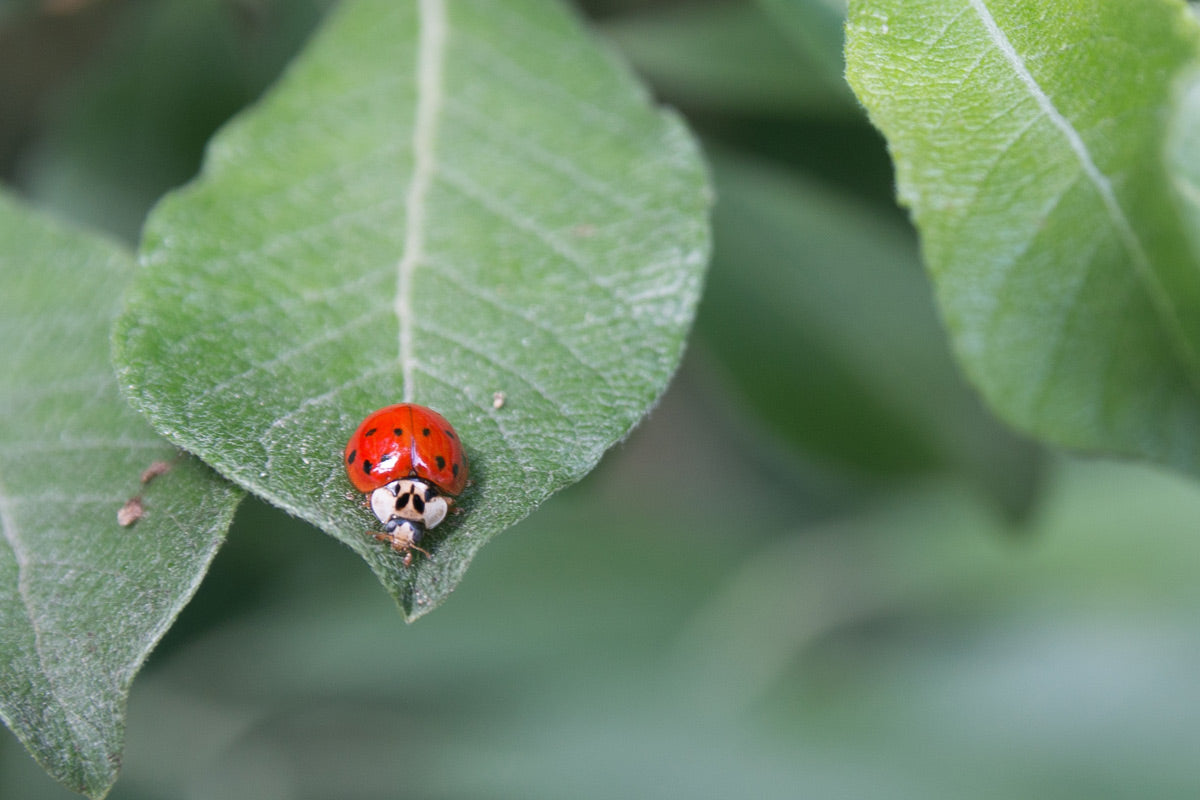
Carpenter bees are known for their wood-drilling skills. Unlike honey bees, carpenter bees are solitary bees. This means that they do not make a hive or live in a large colony. Carpenter bee units ...
Why Use Natural Bug Repellents?
There are so many bug repellents on the market, and as summer draws near they seem to be conveniently placed on endcaps and in aisles wherever you go. It’s so easy to quickly grab a bottle and move...

How Many Carpenter Bee Traps Do You Need?
Make Sure You Protect Your Whole Property One of the most common questions we are asked is, “How many traps do I need?” To help find your answer, it is important to know each trap has a 15-foot wor...

Backyard Decor Tips for You and The Bees
Doesn’t it seem like every movie or magazine has an enchanting outdoor patio scene? Can’t you just picture the whole family gathered around a gorgeous reclaimed barnwood table, covered by a trellis...

Do Tiki Torches Work for Mosquitoes?
No. So what really works? Have you ever wondered why your fun citronella tiki torches don’t seem to protect you from mosquitoes? You may have a half dozen or so lined up perfectly around your deck,...

Attract the Good Bugs & Eliminate the Bad
Here are the best bugs for your garden Getting pesky insects like mosquitoes out of your yard can feel like a never-ending chore. There are millions of chemical-laden products designed to help elim...